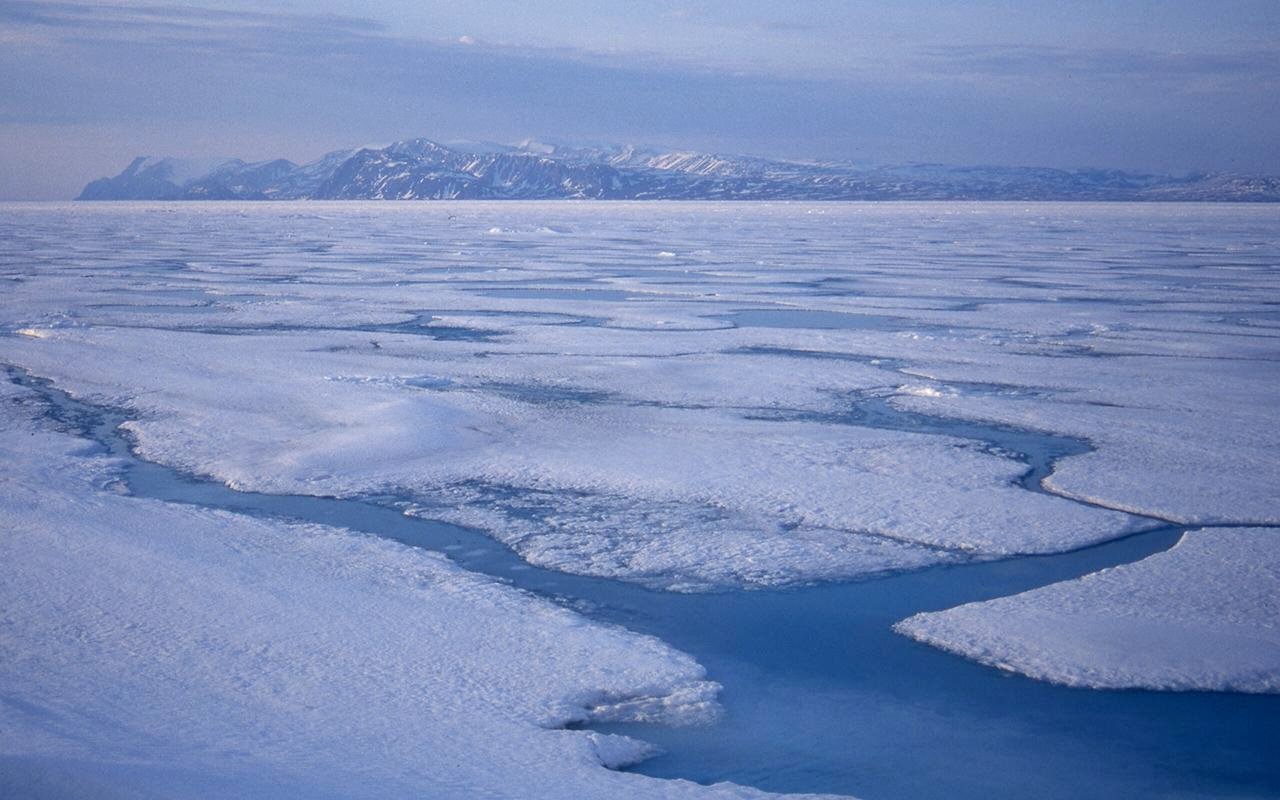In a recent study presented at the American Geophysical Union Annual Meeting, researchers propose a new perspective on how and when humans first arrived in North America.
 The first Americans may have arrived by a sea ice highway as early as 24,000 years ago. Credit: Archaeology News Online Magazine
The first Americans may have arrived by a sea ice highway as early as 24,000 years ago. Credit: Archaeology News Online Magazine
The research, led by Summer Praetorius from the United States Geological Survey (USGS), suggests that sea ice may have served as a vital route for human migration thousands of years ago, offering an alternative to the widely debated ice-free corridor theory.
Traditionally, archaeologists argued that approximately 13,000 years ago, stone age hunters crossed a land bridge connecting eastern Siberia and western Alaska. Subsequently, they walked through an ice-free corridor that opened briefly between ice sheets during that period. However, recent discoveries, such as human footprints in New Mexico dating back to 23,000 years ago, have ignited debates by proposing an earlier human presence on the continent.
The study emphasizes two main migration scenarios. The first suggests a journey through Beringia when it was relatively free of ice, while the second proposes a coastal route along the Pacific, known as the “kelp highway.” The latter theory gained traction as evidence of coastal settlements in western Canada dating back to 14,000 years ago surfaced. However, challenges arose in 2020 when researchers suggested that strong currents, caused by freshwater from melting glaciers, could have hindered coastal travel.
 Sea ice at Nunavut, Canada. Credit: AGU/Grid-Arendel CC-BY-NC-SA
Sea ice at Nunavut, Canada. Credit: AGU/Grid-Arendel CC-BY-NC-SA
To address these challenges, Praetorius and her team delved into paleoclimate reconstructions of the Pacific Northwest, focusing on the potential role of sea ice in facilitating human movement. Utilizing climate proxies in ocean sediment from the coast, the researchers reconstructed ocean temperatures, salinity, and sea ice cover, employing data from tiny, fossilized plankton.
Their findings indicate that 20,000 years ago, ocean currents were more than twice as strong as today, making boat travel challenging. However, the region was home to sea ice until around 15,000 years ago. Praetorius suggests that early Americans, adept at cold conditions, might have used the sea ice as a platform, creating a ‘sea ice highway’ to navigate and hunt marine mammals, gradually making their way into North America.
Modern-day Arctic people navigate sea ice using dog sleds and snowmobiles, providing a parallel to how early migrants might have utilized this natural infrastructure. Praetorius acknowledges the difficulty of proving this theory due to many archaeological sites being underwater but emphasizes that it offers a new framework for understanding early human migration.
The climate data also suggests favorable conditions for migration between 24,500 and 22,000 years ago and 16,400-14,800 years ago, possibly aided by the presence of winter sea ice. Praetorius notes that the sea ice highway theory does not exclude other later human migrations, as their models indicate the Alaskan current had become more manageable by 14,000 years ago, allowing for easier coastal travel by boat.
As the archaeological community grapples with the age-old question of when, how, and why humans moved from Asia to North America, Praetorius’s research offers a new perspective on ancient human migration through the utilization of a sea ice highway.
More information: Did a “Sea-ice Highway” facilitate early human migration from Beringia into North America along the coastal route?





